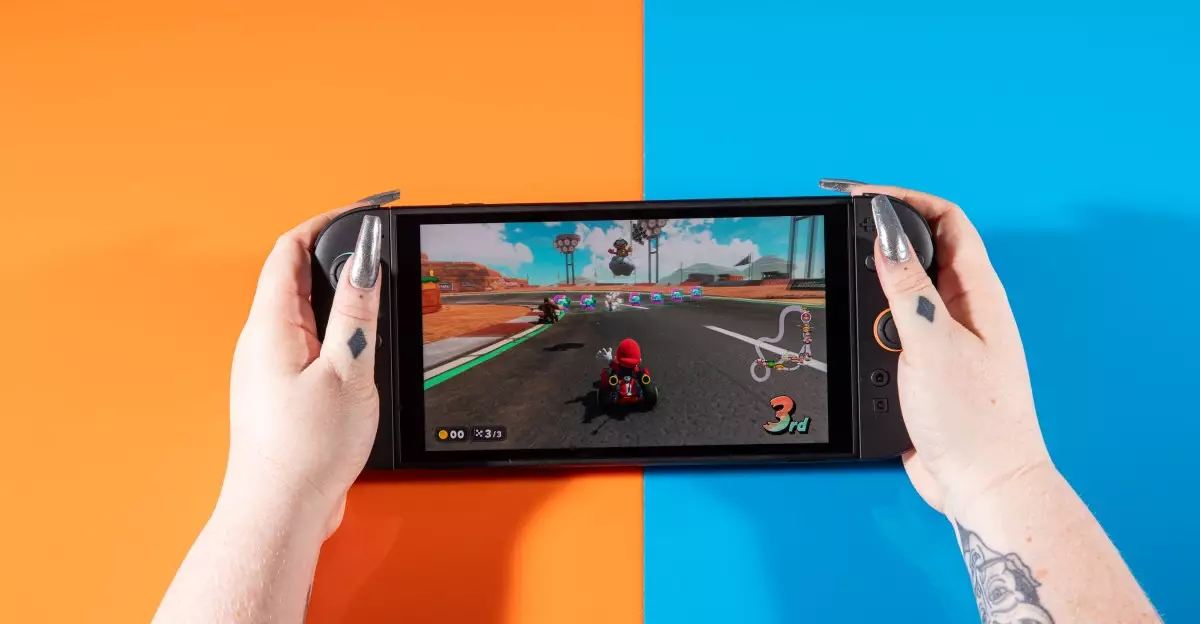For years, the gaming industry has been haunted by the ghosts of shortages and scalping, especially with major console launches. Historically, hype often outpaces supply, leaving eager consumers frustrated and forcing them into long waitlists or inflated resale markets. Yet, Nintendo’s recent approach to the Switch 2 defies these old patterns by maintaining steady stock and making the console readily accessible online. This strategic shift signifies a notable evolution in console manufacturing and distribution, highlighting Nintendo’s newfound confidence and adaptability in times of supply chain volatility. This transition from scarcity-driven marketing to a balanced distribution model provides consumers more reliable access and demonstrates Nintendo’s capacity to understand market demands in a post-pandemic era.
Strategic Production and Market Timing
The company’s decision to delay the planned late-2024 launch of the Switch 2 appears to have been a masterstroke rather than a mistake. By postponing the release, Nintendo gave itself valuable time to ramp up production, face fewer shortages, and build a healthier inventory ahead of market expectations. This change in strategy reflects a deep understanding of consumer psychology—people often lose interest or turn to alternatives when products are scarce or hard to obtain. Nintendo’s proactive escalation of manufacturing capacity, combined with a well-timed release of exclusive titles like Donkey Kong Bananza, created a perfect storm where demand met supply seamlessly. The result is a rare scenario where a highly anticipated console continues to stay in stock, even during peak release periods.
Breaking the Myth of Price as a Barrier
The $449.99 price tag (or $499.99 in bundles) for the Switch 2 raised eyebrows and skepticism among industry analysts. High price points have traditionally been a barrier to wide adoption—especially for a console launched amid economic uncertainties. However, the successful sales numbers tell a different story. With 1.6 million units sold in the US alone within the first month, Nintendo proved that price alone isn’t enough to deter dedicated gamers, especially when the product offers innovation, exclusivity, and brand loyalty. This underscores an important insight: a powerful combo of strategic distribution, compelling game titles, and brand trust can override initial price resistance. It also signals that consumers are willing to pay a premium for quality and accessibility, challenging the long-held belief that affordability is the only route to mass adoption.
Implications for Future Console Launches
Nintendo’s latest move hints at a broader industry lesson — the importance of supply chain agility and strategic planning in today’s global market. No longer can companies bet on scarcity as a marketing tactic; consumers have grown smarter and more patient. The Switch 2’s current availability indicates that when supply is stabilized, consumer enthusiasm remains high with minimal frustration. If other manufacturers take note, we may see a paradigm shift where the priority shifts from hype-driven scarcity to reliable, consumer-friendly availability. This approach not only enhances brand reputation but also bolsters sales growth, making the entire gaming ecosystem more resilient to geopolitical or logistical disruptions.
In essence, Nintendo has not only redefined what a successful console launch looks like but also set a new standard that others in the industry should seriously consider emulating.

